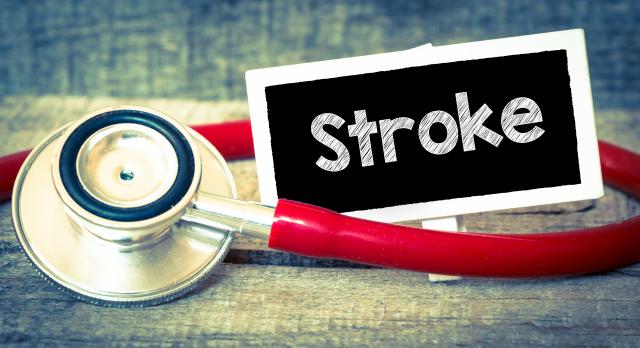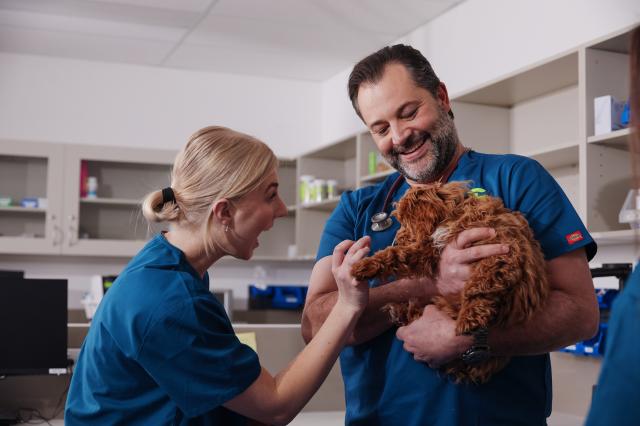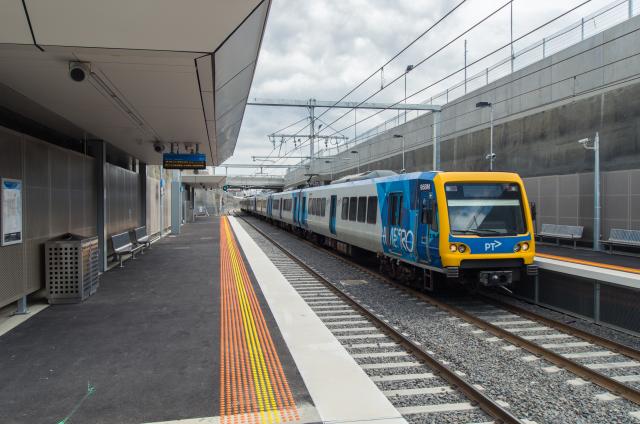They are usually bringing you Melbourne’s news updates, representing Victorians in parliament, directing orchestras, playing in the AFL, entertaining audiences with cabaret, or provoking dynamic talkback conversations, but this month famous Melbourne faces are asking Victorians to share a different message.
And it’s all in support of Stroke Foundation’s public health education campaign Bloke Beside You – a grassroots social media campaign encouraging Australians to share the F.A.S.T. message and to educate blokes about stroke.
Men’s recognition of stroke currently lags 15 per cent behind women, putting their lives and the lives of others at huge risk. F.A.S.T. highlights three common stroke indicators: facial droop, arms not working, and slurred speech. The T is a reminder that treatment for stroke is time critical, and an ambulance must be called immediately.
Every year 2,200 Victorians die from stroke, and thousands of others are left with permanent disabilities, and Stroke Foundation wants to see those numbers come down.
Stroke Foundation chief executive officer Dr Lisa Murphy hopes fans of the campaign participants will see and share the message widely, and she is grateful for the authentic way the stars have conveyed the messaging.
“These are people we see on our TVs and hear on the radio, but they are also just good people who want to help educate fellow Aussies, and that shines through. We are so grateful for their willingness to help us spread this message to all the Aussie blokes out there.”
Sharing the message that can help reduce those terrible statistics are AFL star Jack Lever, ABC television presenter Michael Rowland, the Lord Mayor of Melbourne Sally Capp, Supercars superstar Jack Perkins, country music singers Andrew Swift and Amber Lawrence and racing royalty, Gai Waterhouse.
Videos of all participants will be posted on Stroke Foundation social media channels, and Dr Murphy invites people to share widely and tag more blokes into their own posts to help spread the word.
“The more blokes we can educate, the more likely it is that stroke will be recognised quickly, an ambulance will be called, and fewer critical minutes are lost.”







